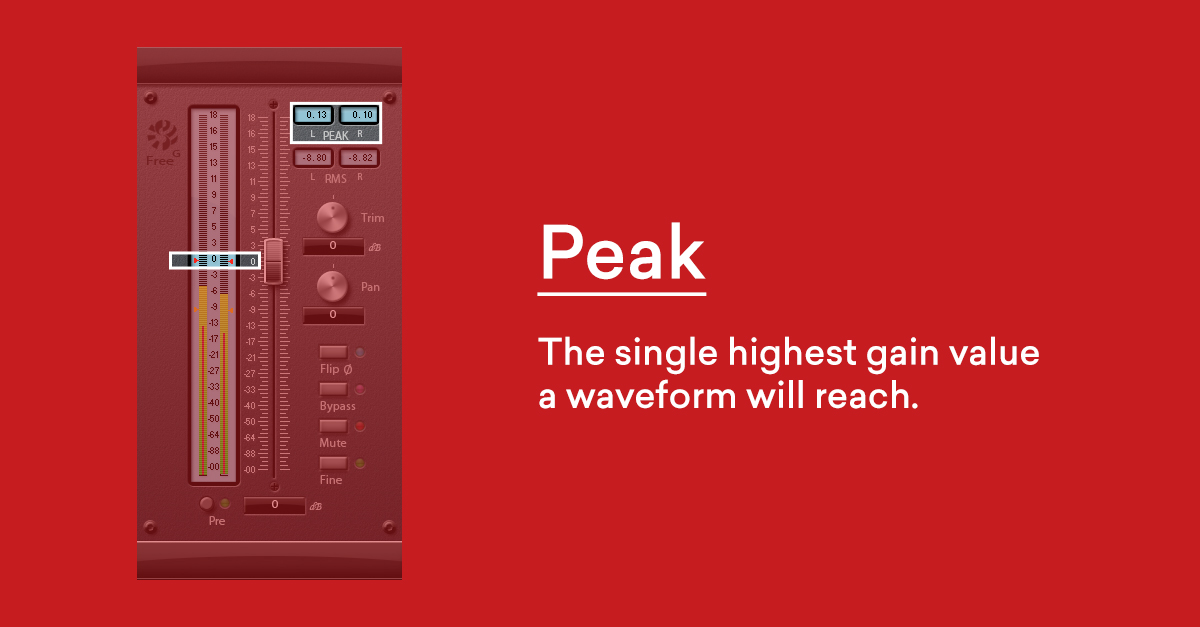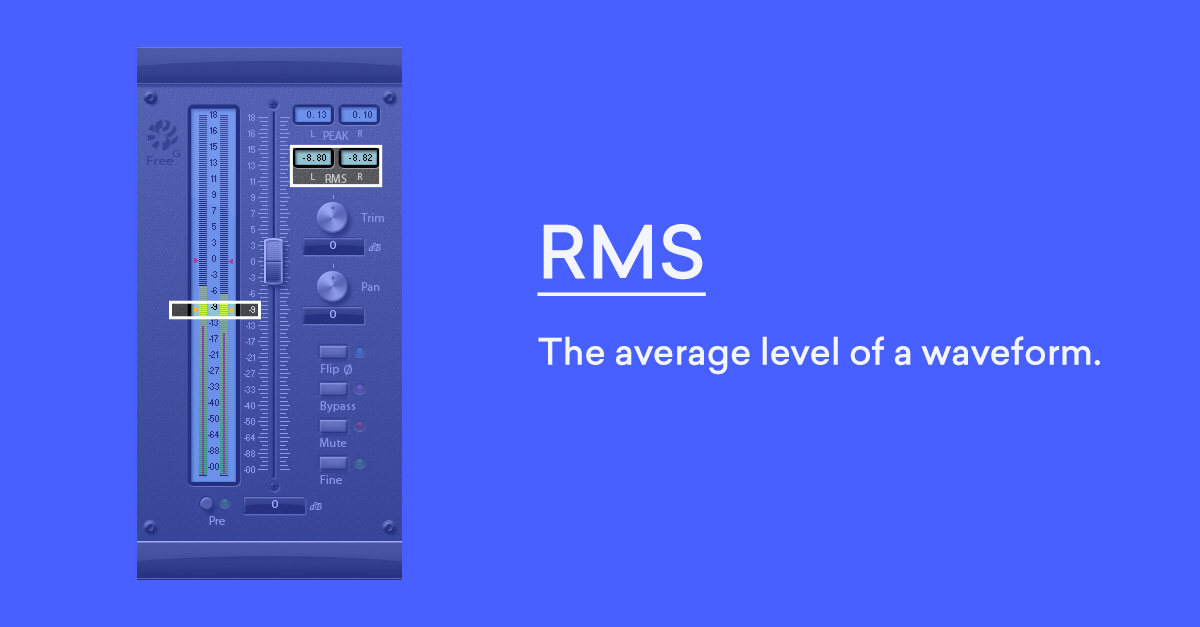If you’re just getting started with music production, you will have heard terms like gain, level and volume used to explain signal strength.
However are they all the same? What does each mean exactly and the way do they affect your workflow?
The answer isn’t always easy if you don’t know the concepts behind them. Fortunately, there’s nothing complicated about audio gain once you break it down.
In this article, I’ll clarify the exact meaning of the term. Then we will explain the different ways gain, level, and volume are used in music production.
Let’s get started.
What’s gain?
Gain in audio is a term for the quantity of amplification applied to a signal by any process that will increase its strength. It’s measured in decibels, or dB for short.
A great way to think about gain is as the difference in signal strength between the input and the output of an audio system or processor.
If that sounds difficult, don’t worry. For most producers, gain comes into play at a couple of key points in your workflow.
I’ll go through a couple of examples that will help you understand.
Preamps, signals and your audio interface
The only strategy to explain gain is to follow the signal path for a typical sound you record with your DAW.
A common instance is when you use a microphone to record a singer or an instrument.
Microphones work by converting vibrations within the air into a weak electrical signal. When the sound waves reach the microphone’s element, the changes in air pressure turn into changes in voltage, which represent the sound.
This version of the signal isn’t strong enough to record directly. It must be amplified several times over to achieve a healthy level for your audio interface.
Gain is the term for the quantity of amplification introduced to the signal by the preamp. In this situation, your audio interface’s mic preamp is the amplifier that will increase the strength of the signal.
Even though it seems like a single device, a typical audio interface features a set of different elements for bringing signals into your DAW.
After the preamp, your sound will get converted by a digital-to-analog converter. So, it can be stored as a file on the hard drive of your computer.
Gain in your DAW
Most engineers use the term gain to refer to processes that happen within the analog domain before your signal reaches the DAW.
However there are still plenty of places where gain comes into play in your session files.
One clear instance is when using a compressor. If you want some background on how compression works, head over to our guide for a full overview.
But to recap the fundamentals, a compressor reduces the level of a signal when it passes a certain threshold. They’re used in music production so that loud and quiet parts of the signal may be heard equally.
However decreasing the signal level with even light compression naturally makes it quieter due to the compressor’s action.
To get it back to the same total quantity, compressors typically include a make-up gain control to spice up the sign back up.
You’ll be able to think of this as a digital version of the same process I talked about earlier.
Actually, gain in general refers to any amplification of the signal that will increase its strength and overall volume.
Hot tip: Unlike analog gain, increasing signal level within the digital domain doesn’t cause side effects like increased noise floor. However, it doesn’t mean you should record weak signals into your DAW. The most effective approach is to manage headroom and gain staging together to stay within the sweet spot for both analog and digital.
Does gain also mean distortion?
If you play guitar, you’ve probably used gear with a gain control that grows the distortion and saturation in your signal.
You’ll see this on drive pedals, amp controls and even guitar plugins.
These knobs are sometimes labelled “gain” because they create distortion by amplifying the signal beyond the clipping point.
The massive difference is that this kind of gain stage is followed by a master volume control that brings down the level overall.
Even though it’s related to the same process, gain doesn’t mean distortion in most different audio situations.
It’s true you’ll be able to create desirable saturation by driving some analog mic preamps and lowering their output with a trim control. However it’s much more common to record clean signals by applying just the suitable of gain and preserving headroom at each step.
If you want a primer on the basics of good headroom and gain staging, check out our in-depth guides to the subject.
Gain, volume and level
If it looks like there are lots of different ways to refer to the volume of a signal, you’re right.
However actually, each of them has a particular meaning that’s worth understanding.
As I explained above, gain refers to signal amplification.
However, quantity means the perceived stage of a sound. In any case, a meter in your DAW can solely offer you a illustration of a sound primarily based on its electrical qualities.
How loud that sound seems to you differs due to the way humans perceive sound.
For instance, it takes more signal energy to produce the same perceived volume for low frequency sounds in comparison with those within the presence zone (2 to 5 kHz) where your ears are most sensitive.
You may still express perceived volume in units in order to make comparisons, but you don’t need to worry too much about that in your DAW.
Instead, the relative balance of every track in your session is best defined by the term level.
They use two strategies that describe different qualities—Peak and RMS to measure Signal level.
If you want to have more information, you can find the full breakdown of these terms in this guide.
For the short version, Peak level means loudest single moment in a signal, where RMS refers to the average intensity over a period of time.
Your DAW meters usually include a mix of each to give you the best idea of your signal at a glance.
Amplifying your signal
Gain is a basic concept in music and audio production.
It’s necessary to know the exact definition to get one of the best outcomes from your gear.
If you’ve made it through this article you’ll have an excellent start for capturing sound with your audio interface and adjusting levels in your DAW.



